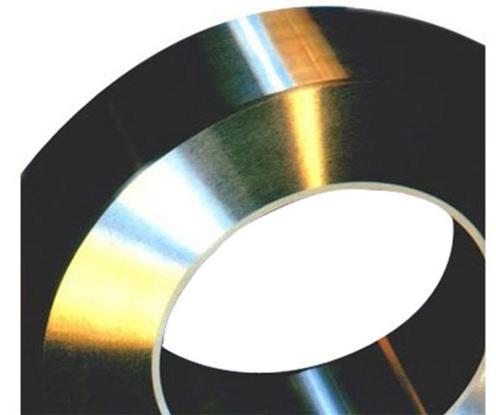Copyright © Shanghai Omega Machinery Co., Ltd. All rights reserved.
Different types of bimetallic barrels for the extrusion
May 17,2019
The lining ranges from the standard scratch resistant, corrosion resistant to the premium resistant thus all of them are providing the various degrees of wear resistances. Usually, the bimetallic barrels are heating in only the gas furnace. After removing from the fire, they are centrifugally cast in the surrounding air and providing a right opportunity for remaining stress due to the atmosphere cooling.
It can definitely cause the straightening issues thus it should be cooled under only the controlled conditions. There are a lot of manufacturing companies available currently in the market to offer different types of bimetallic barrels for the extrusion, injection molding and as well as the blow molding machinery. When considering the centrifugal casting, it makes an indivisible bond between the suitable super wear resistant alloy liner and the high strength backing steel.

Why bimetallic barrels used?
Today, a processing of the modern plastics companies is mainly using this bimetallic barrel with the fibers and fillers which requires the modern machine equipment. In this field of the plastification process, this barrel is a main consideration through the development process of the most recent wear resistant systems. Bimetallic barrel is the special alloy layer with the best wear resistance and corrosion resistance for the various industrial requirements. It will offer you several numbers of benefits such as:
* Strength resistance to fatigue
* Optimum performance
* Increased screw and barrel life
* Increased process control
* Correct wear protection system
* Efficient energy transfer
Prev News Next News
- Information
- Why do large, dull and unreflective bubbles appear on the surface of the special profiles? How can this problem be solved?
- What causes the uneven surface and poor gloss of the sheet during the sheet extrusion process? How can it be solved?
- Why does the cooling process for profile extrusion become unbalanced?
- What countermeasures can be taken to improve the dimensional and positional accuracy of profiles during the profile production process?
- How should profile molds be cleaned and maintained?
- What are the corresponding solutions to the phenomenon of grooves and pits on the surface of profiles?
- How should the raw materials be selected in the formula for PVC surface skin core layer microcellular foamed extruded profiles?
- How should the production process of biaxially oriented polyethylene terephthalate (BOPET) film be controlled?
- How should the longitudinal and transverse stretching be controlled when producing biaxially oriented films by the flat film method?
- How should the counter-rotating conical twin-screw extruder be operated for no-load test run?
- Contact Us

-
Shanghai Omega Machinery Co., Ltd.
Add.: No.168 Hualian Road, Putuo District, Shanghai City
Contact: Nina
Tel.: +86-021-69921527
Mobile: +86-15021464410
Fax: +86-021-69921567
E-mail: omegajessica@163.com;965425705@qq.com
WeChat No.: 1131449532
Whatsapp: +86 159 0054 6558

-